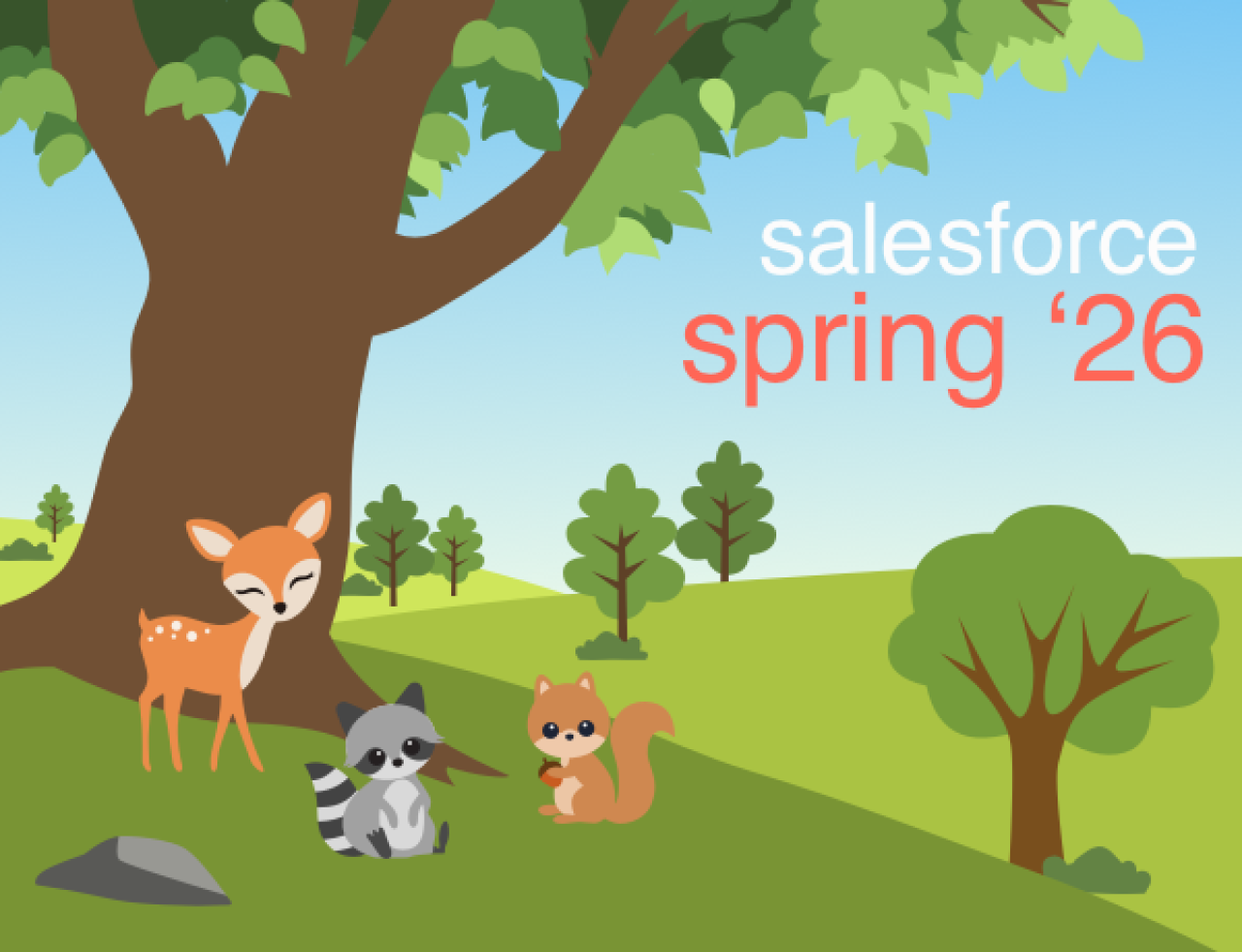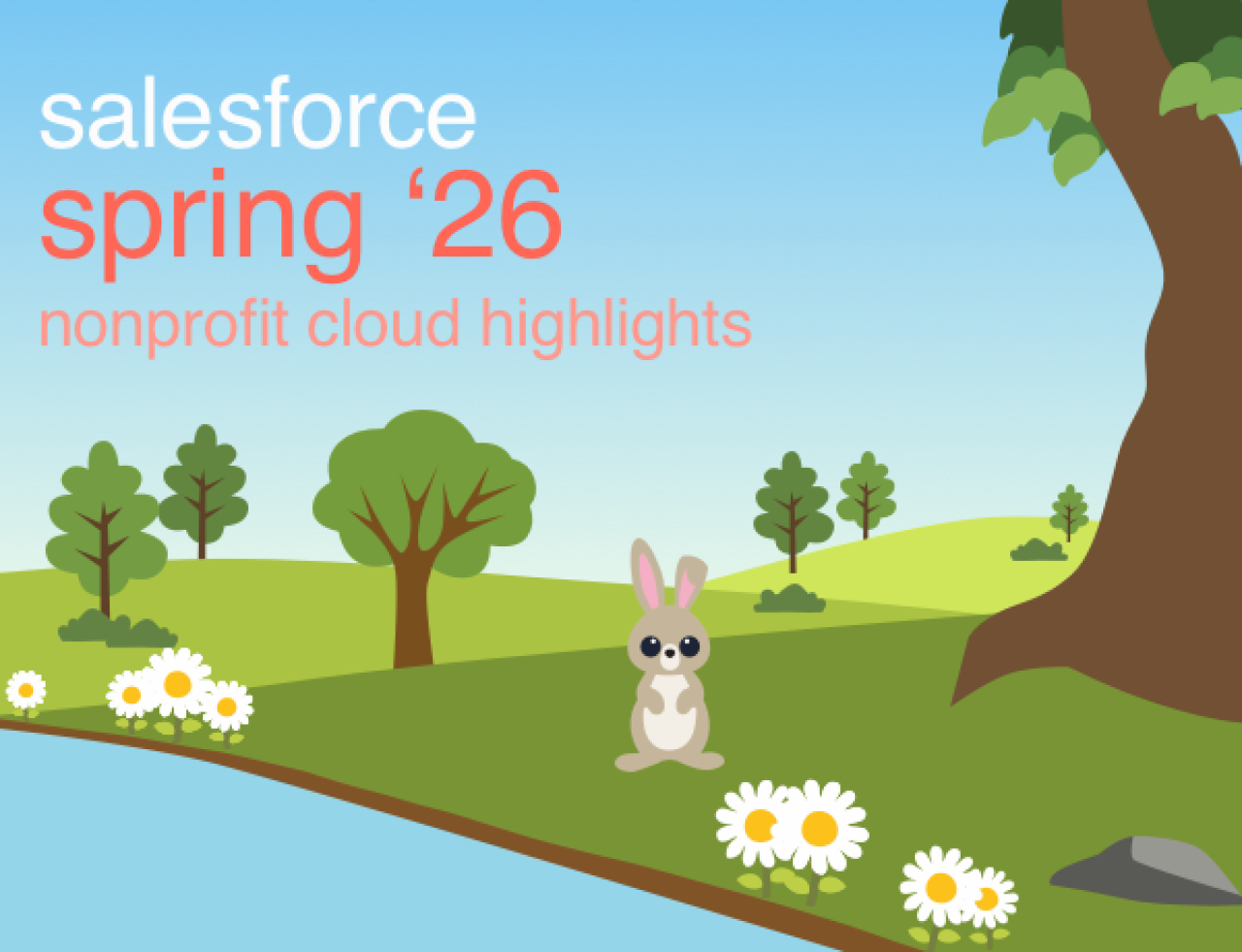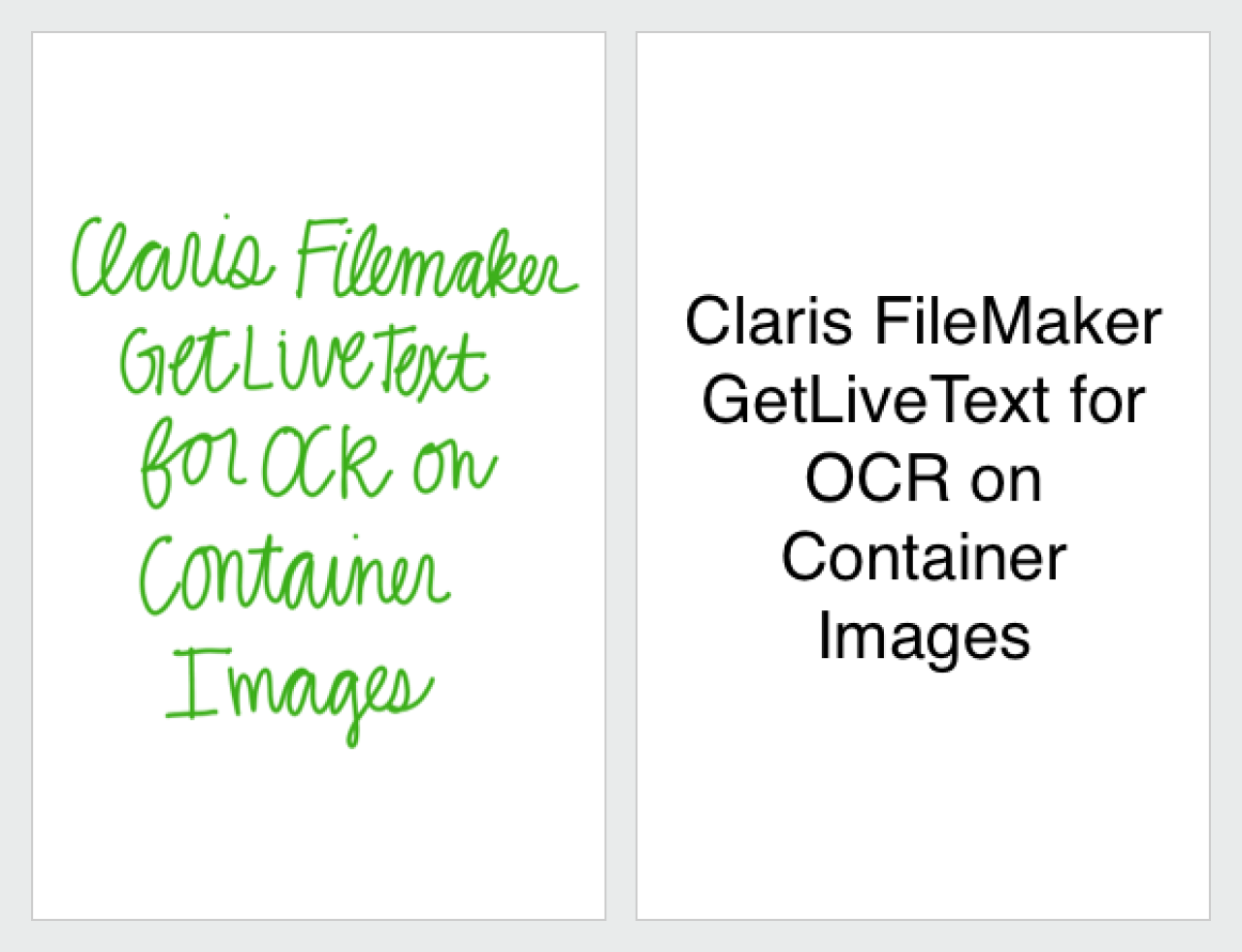
You’ve decided to upgrade to the new Salesforce Nonprofit Cloud, but you're not sure where to start. Salesforce's latest nonprofit technology is designed to increase the impact of nonprofit organizations with modules to improve the planning, tracking, and operational efficiency of the services they provide. Salesforce may eventually provide an upgrade feature to ease the process of translating your old org into the new Nonprofit Cloud. If you plan on doing the upgrade yourself, there are a couple of new tools and advanced features to consider. Let's walk through them together!
Looking to bring your org up-to-date with the latest and greatest tech that Salesforce has to offer? We’re offering a free analysis to upgrade from Salesforce Nonprofit Success Pack to the new Nonprofit Cloud! Get your free analysis today.

Data Migration
First and foremost, the biggest hurdle is migrating your organization’s data from your previous org. This is no small task, but there are modules and tips that will help with the migration. For starters, it helps to identify the data to migrate. This includes objects, their fields, and other objects that records are dependent on, like how contact records must be related to an account.
After determining what data to migrate, the next step is to add metadata to the new org for these objects, such as the custom fields, record types, and page layouts. It will be prudent to add an external ID field for the records you plan on migrating in order to keep a relationship between the two orgs.
Next, you will have to export the data. Salesforce’s Data Loader is a convenient application that allows you to define the data template as you export the data.
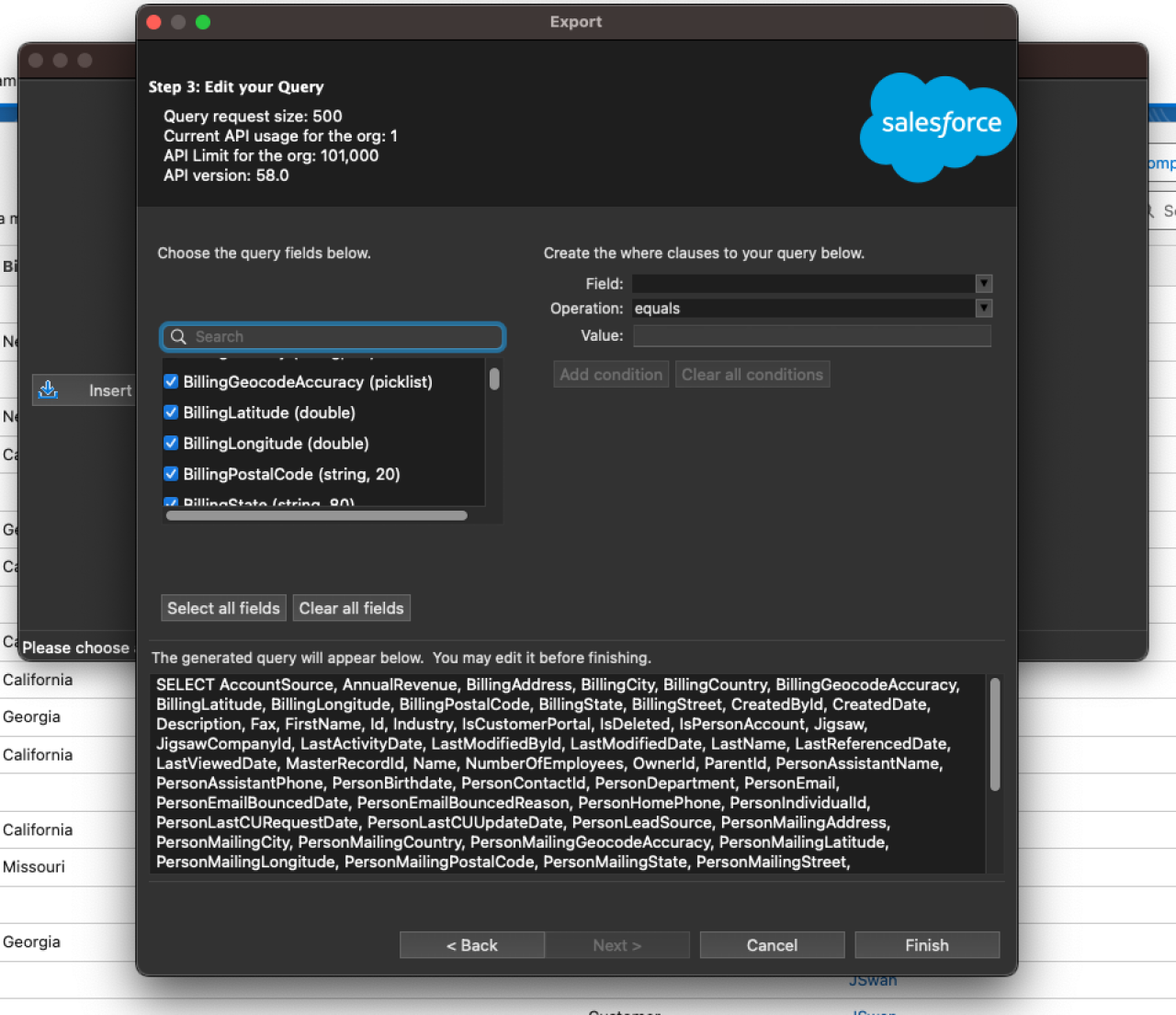
Data Loader will export records based on the SOQL query you define, so you can limit the type of records returned and what fields will populate your template.
Finally, you can import the data into your new org using Data Loader. Data Loader will also create success logs and error logs to show you what records went through, which ones failed, and why they failed.
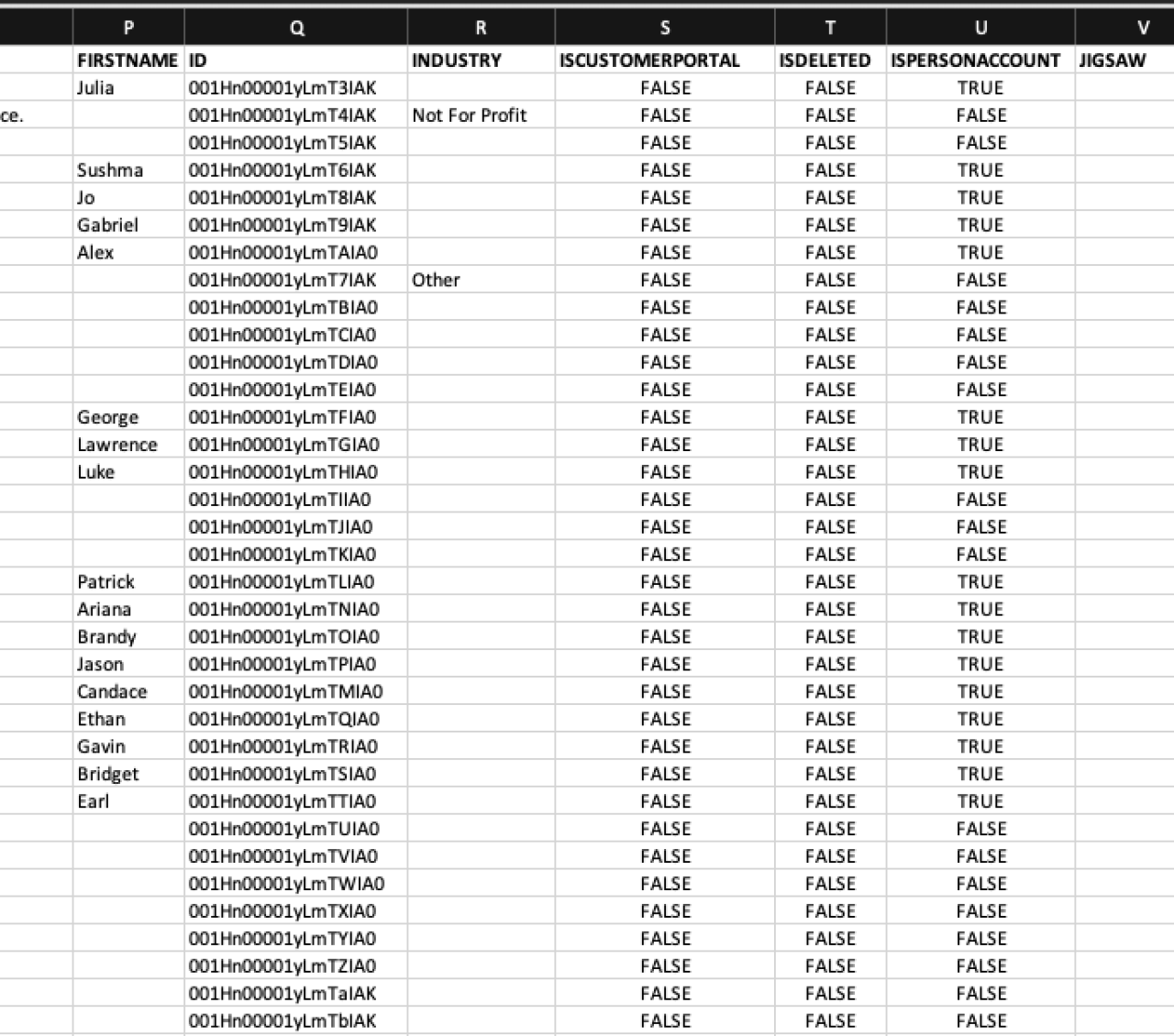
These are the general steps for a successful data migration, but this process can have other complications, such as new data models with the new Nonprofit Cloud.
Account Models
One new data model that the new Nonprofit Cloud uses is the Person model for its account records. A Person Account combines account and contact fields to represent an individual while still having the functionality of an account. This is different from most account models, where one account can have multiple contacts, like the household account model in Salesforce’s Nonprofit Success Pack.
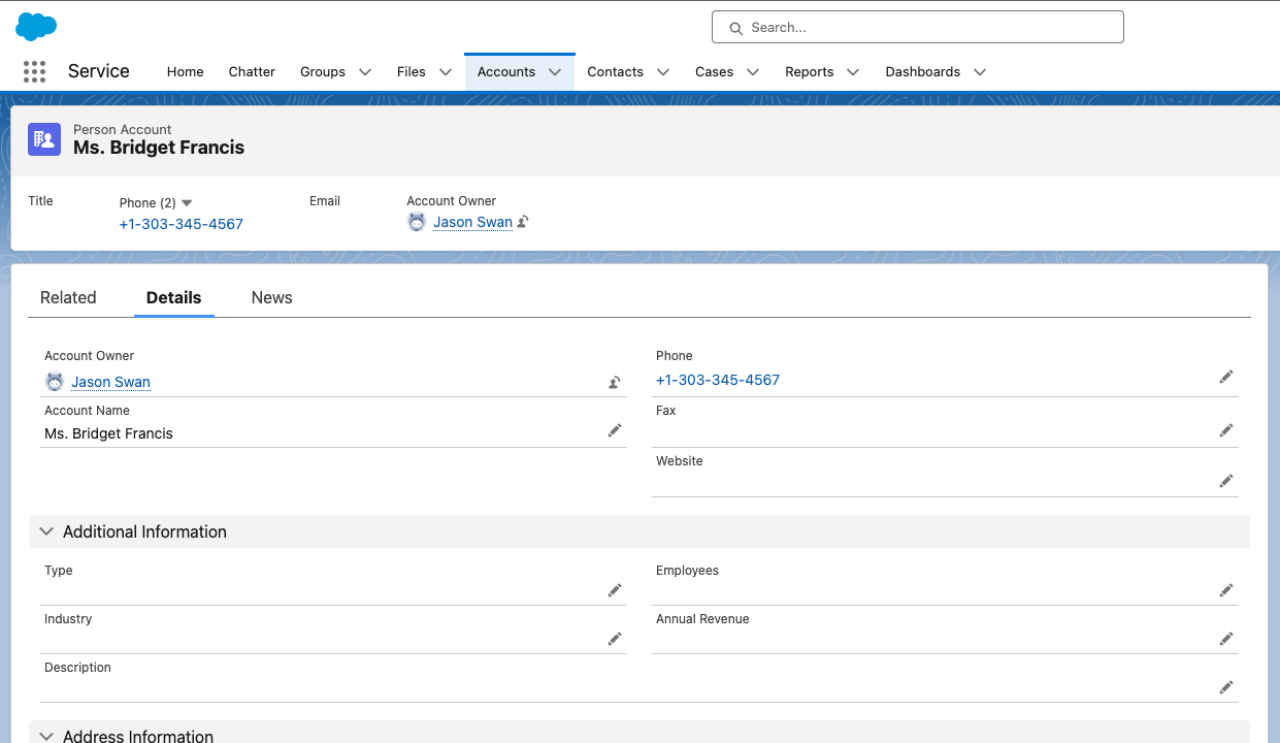
Household accounts can still be built in the new Nonprofit Cloud, but it is not a built-in account model. In addition to Person accounts, the Nonprofit Cloud offers the Party Role Relationship objects to build relationships between these accounts. With these Party Role Relationship objects, you can build relationships like households or employees of an organization. You also have the option to use the Business account type to replicate households, as the Business account can have multiple contacts.
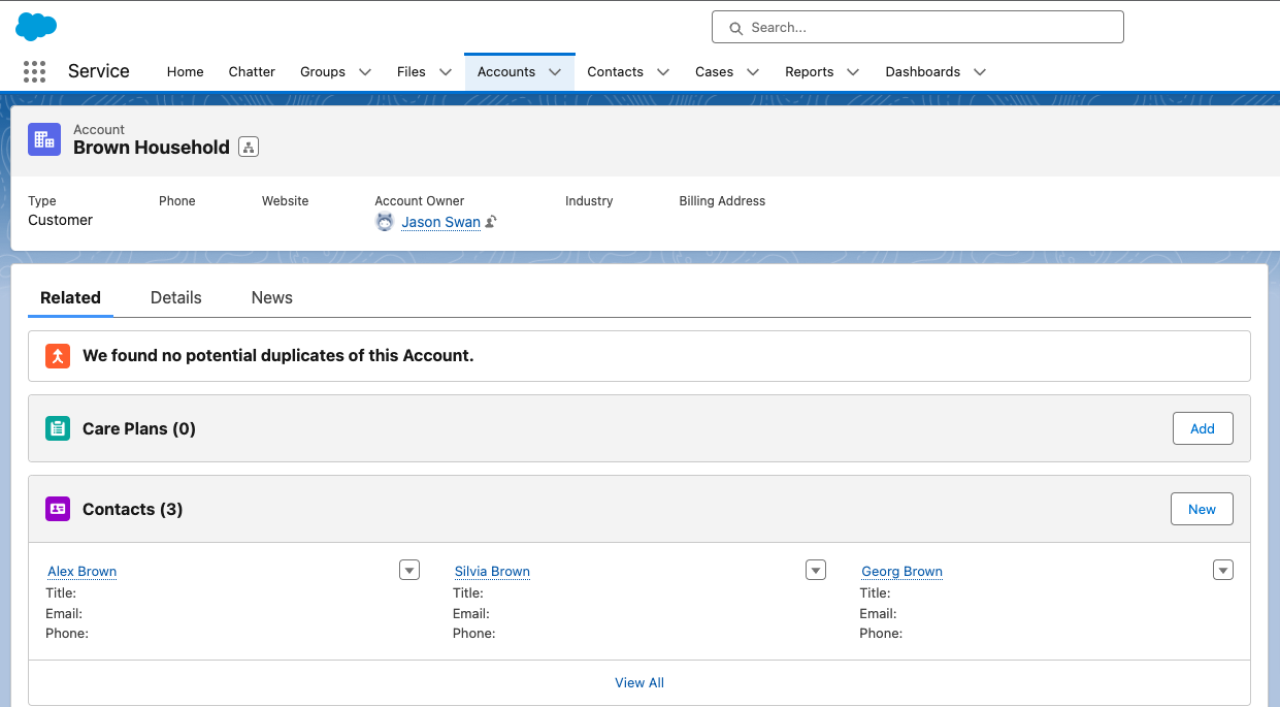
Party Role Relationships
While it may sound burdensome to rebuild relationships for contacts and accounts, the new Nonprofit Cloud offers the Party Role Relationship object to make this easy. In order to make a Party Role Relationship, you simply have to provide a role name, a related role name, and the types of objects you are trying to relate.

For example, you can have a father-to-son relationship from one contact to another contact. After creating the Party Role Relationship, it can be assigned to any number of contacts or accounts. When creating the Party Role Relationship, consider what types of relationships you want to see between your accounts and your contacts, such as if you are trying to recreate an account household from the previous org.

Program Management
The new Nonprofit Cloud also offers the Program Management module. This module can be utilized to define, plan, deliver, and track your organization's programs. While Program Management is available in Nonprofit Success Pack (NPSP), there are some notable differences that will have to be accounted for when upgrading.

The module is still centered around the Program object, but some of the other objects have changed. The Service object is now the Benefit object, and the Program Engagement object used to enroll people in a program is now called the Program Enrollment object. The Service Schedule and Service Session objects have been renamed to Benefit Schedules and Benefit Sessions, respectively. Remember to look for these new names and consider any field differences when importing your Program Management data into the Nonprofit Cloud.
The Cohort object, while available for Program Management in Salesforce NPSP, is not currently available in the new Nonprofit Cloud, although it is on the roadmap. If you are currently using cohorts, consider creating a custom object to group program enrollments in the meantime.
There are also two new objects: The first is Benefit Assignment, which is used to determine how much benefit a particular enrollment is expected to receive from the program. The Benefit Assignment’s equivalent in NPSP is the Service Delivery object, so consider what fields the two objects have in common when mapping the data.

The second new object is Benefit Type, which is used to categorize the benefits your organization provides. The Benefit Type object does not have an equivalent object in NPSP, but it is required for creating new Benefits, so consider the Benefit Types your organization can use when upgrading.
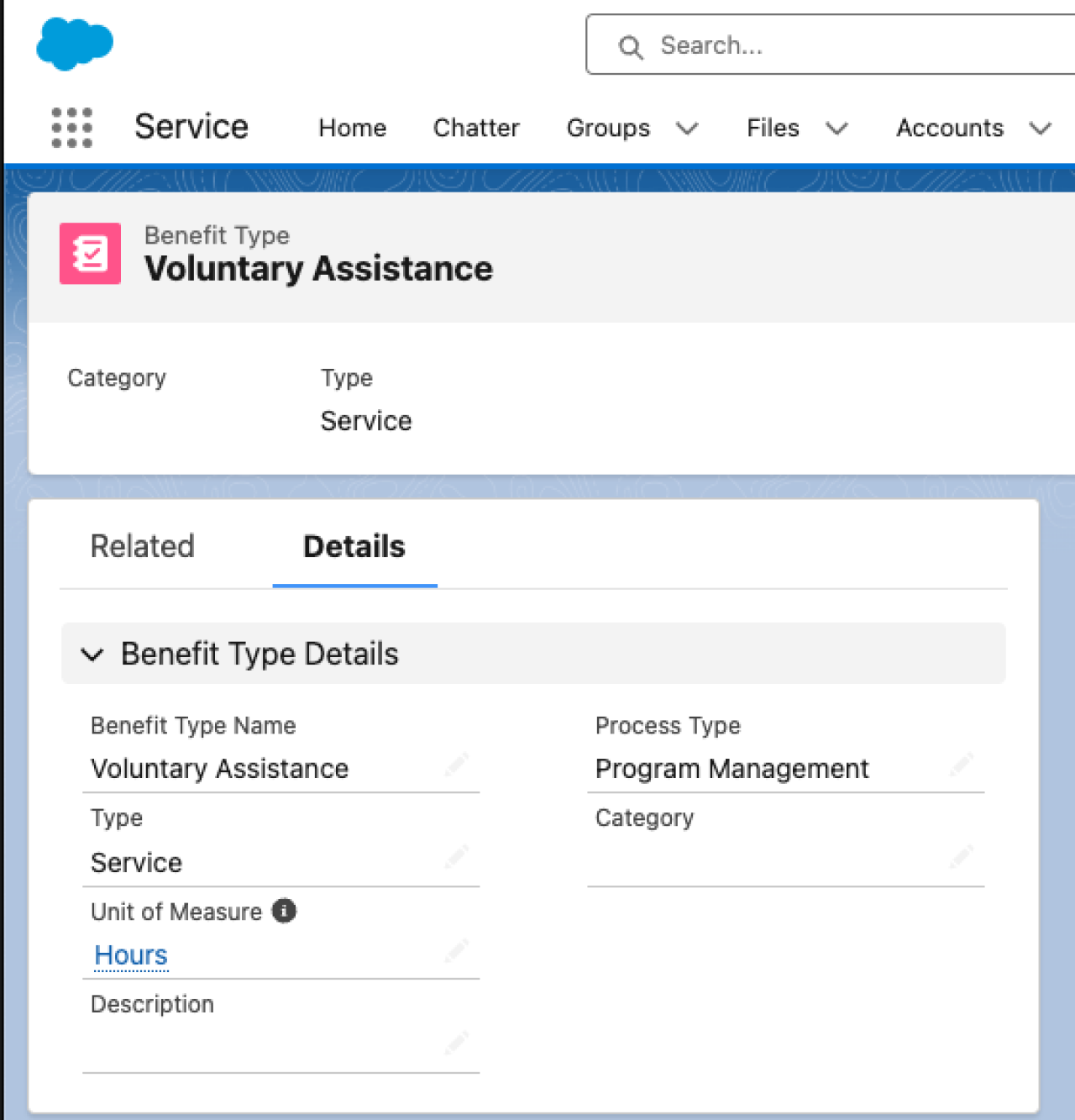
Case Management
Case Management is another NPSP module you may be familiar with in the new Nonprofit Cloud. The Nonprofit Cloud Case Management module is designed to help case managers provide quality service with long-term cases.
Generally speaking, the Case management workflow in NPSP starts with a Referral, which gets processed with intakes, where the person is assigned to programs with Program Engagement, where Assessments are given to the person to help determine their progress, and finally, the person is assigned a Case Plan with goals and scheduled Services Deliveries. The Case Plan also includes Client Notes to track interactions with the individual.
The Case Management object workflow is similar in the new Nonprofit Cloud. It starts with a Referral, which is used to create a Case, which will be the center of the process. Individuals who may be related to the case, like family members, neighbors, or coworkers, will then be connected to the case using the Case Participant object. Next, intakes and assessments are performed to better understand the case individual. After this, individuals in the organization, like the case manager or specialists, can be assigned to a Case Team.
At this point, the case team can assign a Care Plan. Care Plans in the new Nonprofit Cloud are like Case Plans in NPSP. While they still include goals for the individual to work towards, they also include the benefits that the individual is eligible to receive from the organization’s programs. The individual may be assigned to programs with the Program Enrollment object based on these benefits. Furthermore, the Client Notes object has been replaced with the Interaction Summary object, so consider the similarities between the two when mapping your data. One benefit of the Interaction Summary object is its capability to maintain confidentiality in the organization, so don’t sit on it.
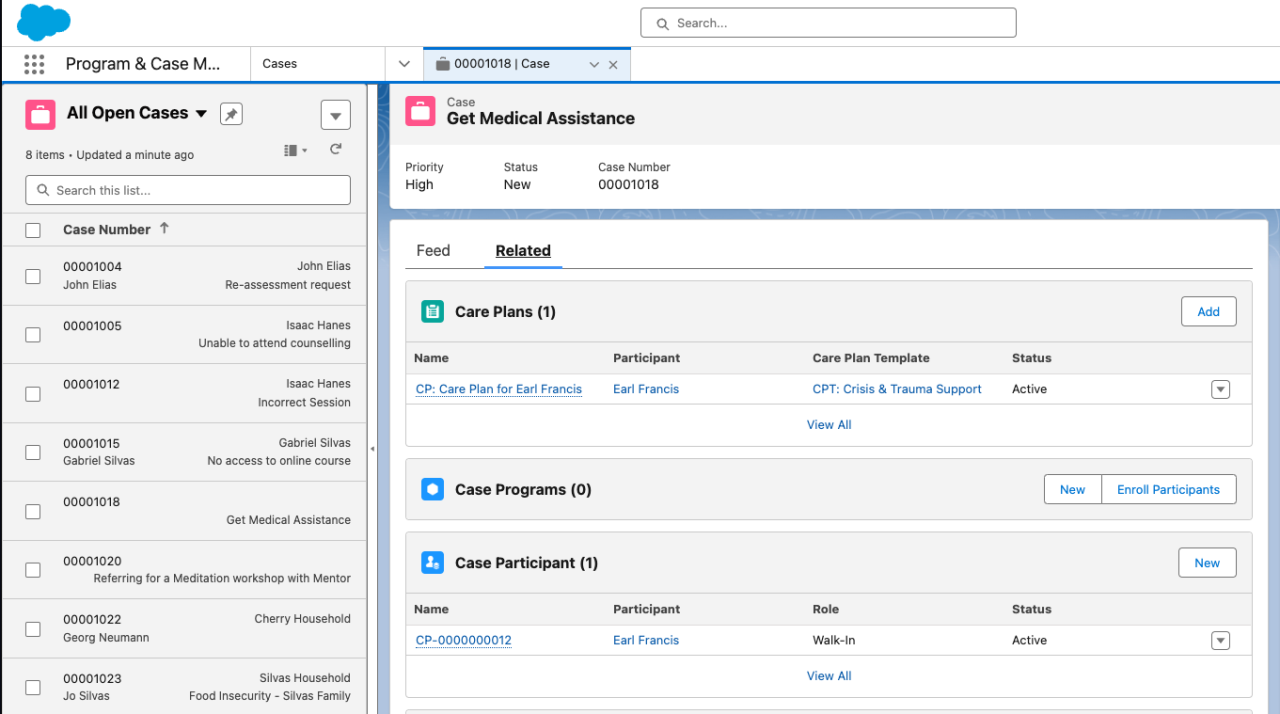
Remember to consider these different Case Management objects and their NPSP equivalents when migrating your data.
Features Not Currently Available
Volunteers for Salesforce
If you are using the Nonprofit Success Pack, you are probably familiar with Volunteers for Salesforce (V4S). V4S is a free app that enables easy management of volunteer programs. It allows your organization to track volunteer shifts, events, and participation, and assign volunteers to shifts based on their skills. Unfortunately, Salesforce does not have a definite answer on whether V4S will work alongside the new Nonprofit Cloud at this time. If you are already using V4S in your org, you will have to weigh the pros and cons of gaining the new Nonprofit Cloud and losing V4S.
Address Management
Another NPSP feature that is not currently available in the new Nonprofit Cloud is Address Management. Address Management is great for maintaining consistency between the addresses of accounts and their contacts since it automatically changes the contact addresses when the account address changes. It also includes seasonal addresses, for contacts that change addresses throughout the year, and address verification to ensure accuracy. This is another feature that is not currently in Nonprofit Cloud, so you will have to weigh the pros and cons of gaining Nonprofit Cloud and losing Address Management.
Conclusion
The new Nonprofit Cloud has a variety of great new features, but upgrading to it is no small task. While the main steps to data migration never change much, knowing the features and models of the new Nonprofit Cloud will make it easier to determine how to modify your data for a seamless upgrade. Contact DB Services if you have any questions or need assistance upgrading to the new Salesforce Nonprofit Cloud.
Need help with your Salesforce digital transformation? Contact us to discuss Salesforce consulting, implementation, development, and support!

